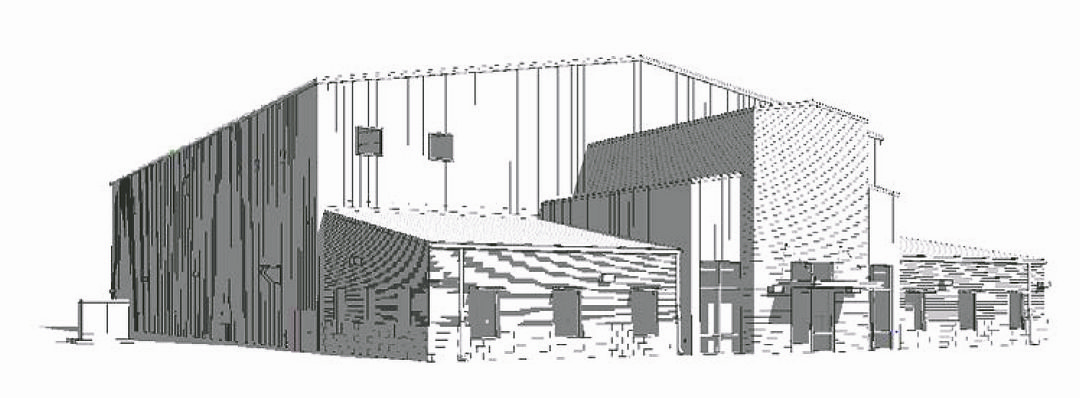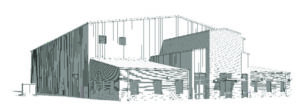
Home » New $3.4M Pasco hangar to house atmospheric radiation research aircraft
New $3.4M Pasco hangar to house atmospheric radiation research aircraft

December 18, 2018
Construction is underway on a new $3.4 million hangar for the Department of Energy’s Atmospheric Radiation Measurement aerial facility.
The 18,240-square-foot, pre-engineered metal building will provide an operations base for the ARM aerial facility, operated for DOE by the Pacific Northwest National Laboratory. The facility has been based at the Tri-Cities Airport Industrial Park for more than three decades.
The new building at the Tri-Cities Airport Business Center — at the corner of Argent Road and Morasch Lane in Pasco — will provide nearly 9,000 square feet of hangar space to house a new research aircraft, 6,740-square-feet of space for the aircraft maintenance and science support and 2,700 square feet of office area.
Officials held a groundbreaking ceremony Dec. 19.
The ARM aerial facility serves the global science community, focusing on providing airborne measurements of cloud microphysical properties and radiative properties of the atmosphere, as well as aerosols and trace gases.
The information researchers collect is downloaded into the ARM Data Center allowing scientists worldwide to access the data for use in their research.
A new aircraft to support the facility is being planned and will require a larger hangar space than the current Gulfstream-159, or G-1 aircraft, that PNNL has operated out of the Tri-Cities Airport since the 1960s.
Congress allocated $17.7 million to DOE to buy a replacement aircraft and retrofit the aircraft as a “flying laboratory.” A new airplane has not been purchased but a request for proposal is expected to be issued this month for a Bombardier CRJ200 family regional jet. The new airplane will have more space, fly faster and higher than the G-1, enabling additional types of aerial sampling. It is expected the new airplane will fly its first ARM mission in fiscal year 2022.

The new, larger hangar will be leased by Battelle, which operates PNNL for DOE.
In addition to the aircraft, the ARM aerial facility’s sophisticated air sampling instruments and research equipment, including a large unmanned aerial system, will be housed in the new building.
The hangar project funded with a $2 million loan/grant from the state Community Economic Revitalization Board, $350,000 from Franklin County’s economic development fund, $500,000 from the Port of Pasco, and $550,000 from DOE for tenant-customized improvements.
The new hangar exemplifies the uniqueness of the Tri-Cities Airport Business Center, which allows companies private access to the commercial airfield on one side of the property while maintaining a public storefront on the business center side, according to the port.
“This hangar not only allows us to continue to support ARM and PNNL as the top employer in the Tri-Cities, it highlights the role the Tri-Cities Airport plays in economic development. We believe this hangar will continue and encourage the growth of corporate aviation at the airport,” said Port of Pasco Commission President Jean Ryckman in a news release.
“Franklin County is pleased to participate in this project and looks forward to the important economic and technological benefits it will generate here,” said Franklin County Commission Chair Brad Peck in a release.
DGR Grant of Richland is the general contractor on the project, which is expected to be completed in about eight months.
On Dec. 17, the G-1 aircraft stationed at the hangar returned to Pasco from its final mission, an air sampling mission in Argentina. Over the past 30 years it has flown hundreds of thousands of miles as part of research campaigns throughout the U.S. as well as in South America, Europe and the Pacific.
The aircraft had to be retired after Gulfstream stopped supporting the mechanical structure in 2006 and it became difficult to get certified repair shops to work on certain systems.
Local News
KEYWORDS december 2018





